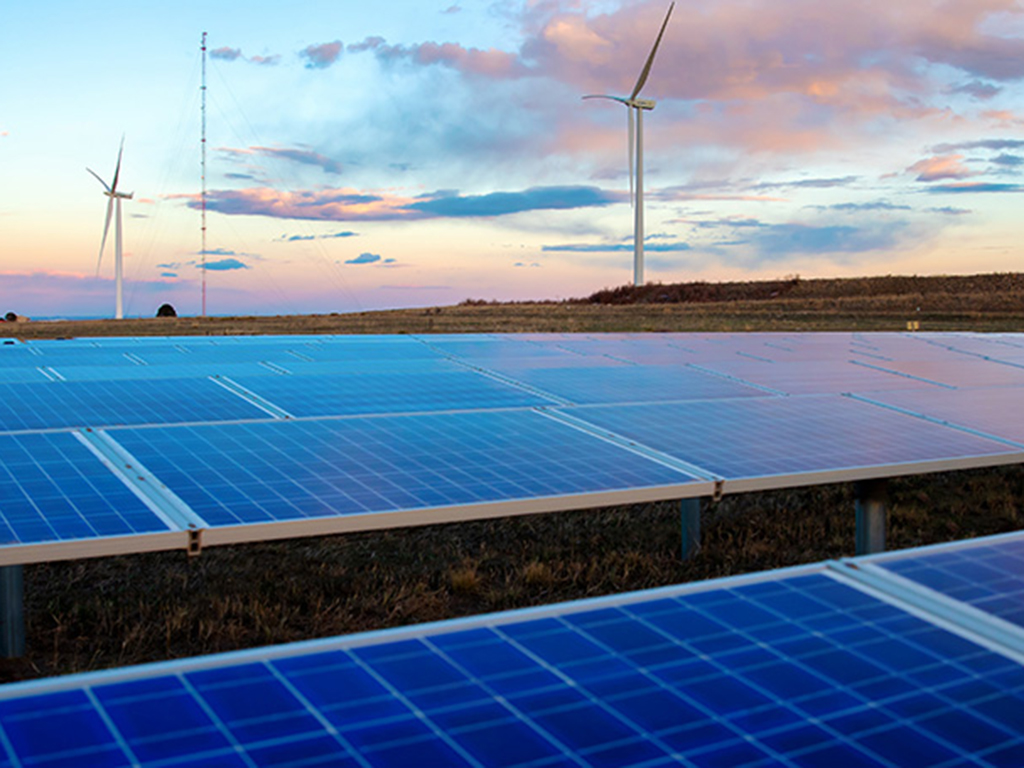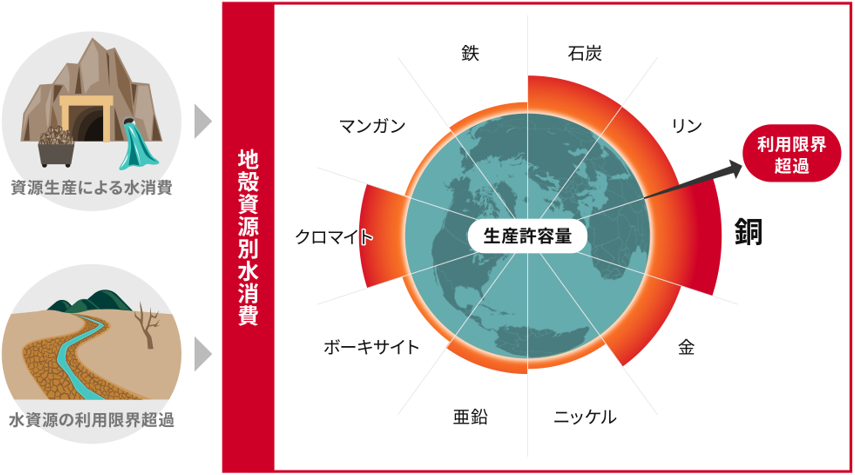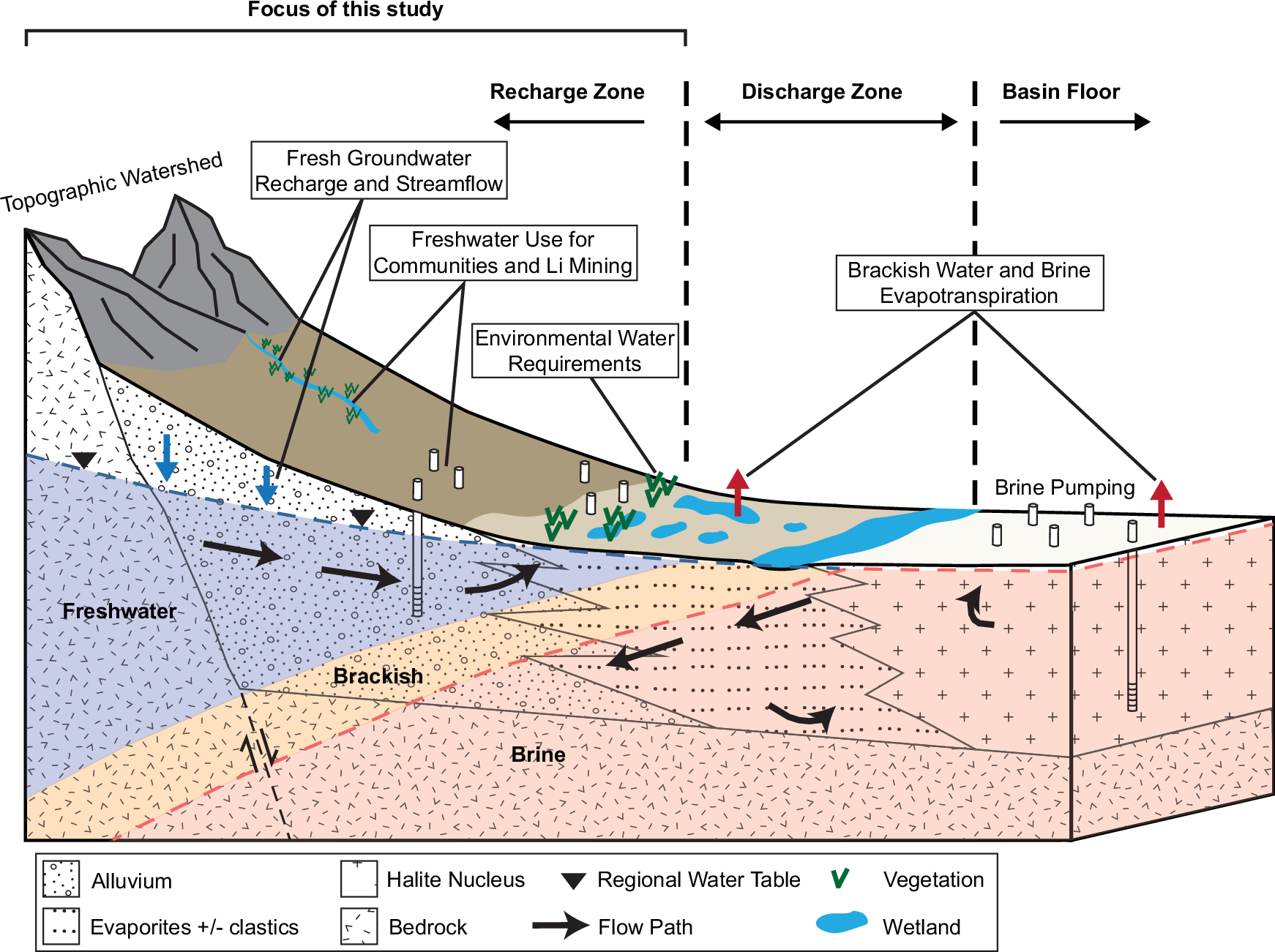2025-03-13 ペンシルベニア州立大学(Penn State)
 Because green energy, like wind and solar, is intermittent, storing the energy for later use is important. Penn State scientists found that taking advantage of natural geothermal heat in depleted oil and gas wells can improve the efficiency of one proposed storage solution — compressed-air energy storage. Credit: Werner Slocum/National Renewable Energy Laboratory. All Rights Reserved.
Because green energy, like wind and solar, is intermittent, storing the energy for later use is important. Penn State scientists found that taking advantage of natural geothermal heat in depleted oil and gas wells can improve the efficiency of one proposed storage solution — compressed-air energy storage. Credit: Werner Slocum/National Renewable Energy Laboratory. All Rights Reserved.
<関連情報>
- https://www.psu.edu/news/earth-and-mineral-sciences/story/reusing-old-oil-and-gas-wells-may-offer-green-energy-storage
- https://www.sciencedirect.com/science/article/abs/pii/S2352152X25000301
地熱を利用した廃油・ガス井を利用した地下エネルギー貯蔵 Underground energy storage using abandoned oil & gas wells assisted by geothermal
Qitao Zhang, Arash Dahi Taleghani, Derek Elsworth
Journal of Energy Storage Available online: 8 January 2025
DOI:https://doi.org/10.1016/j.est.2025.115317
Highlights
- A novel CAES system using abandoned wells with geothermal pre-heating is presented.
- Geothermal heat pre-heats air by ~160 Kand increases system efficiency by ~9 %.
- Utilizing AOGWs significantly decreases initial investment and shortens payback period.
Abstract
The need for excessive initial investment significantly impedes the commercial development of compressed air energy storage (CAES) projects. However, the reuse of abandoned oil and gas wells (AOGWs) as containment cells for pressurized air obviates this problem and alleviates the many environmental issues caused by AOGWs. We propose a novel geothermal-assisted (GA) compressed air energy storage (GA-CAES) that integrates abundant AOGWs and ubiquitous deep geothermal heat into a single seamless CAES system. The hot reservoir rock heats the air charge within the CAES and increases system efficiency. The performance of GA-CAES using AOGWs is investigated through numerical simulations. According to the simulation results, the utilization of subsurface geothermal heat increases system efficiency. The application of AOGWs with geothermal pre-heat the air by ~160 K. Concurrently, the increase in temperature further pressurizes the air in the well by ~0.5 MPa. The input of geothermal energy increases the system round-trip efficiency by ~9.5 %. This reuse of AOGWs significantly decreases initial investment for such projects and increases system efficiency. The project payback period can be shortened by ~1 year over the usual ~3 years. The presented energy storage system can harness natural geothermal heat, thereby enhancing system efficiency and reducing initial project costs by leveraging existing infrastructure. This novel arrangement can achieve cleaner, more profitable, and more efficient CAES systems that are thus of greater viability.



